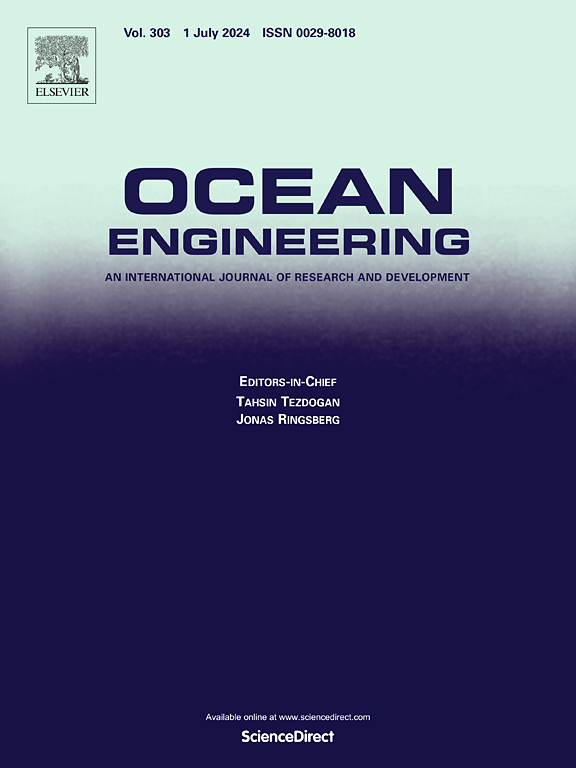A framework for planning underwater hull inspections based on computer vision and degradation assessment
IF 4.6
2区 工程技术
Q1 ENGINEERING, CIVIL
引用次数: 0
Abstract
Traditional underwater hull inspections, which rely heavily on human divers, face significant challenges such as safety hazards and dependency on expert judgment. Recent technological advancements, such as remotely operated vehicles and artificial intelligence, offer promising alternatives to address these limitations and enhance the efficiency and safety of underwater inspections. This paper proposes a framework for planning underwater hull inspections based on computer vision and degradation assessment. The proposed modeling includes three main processes: Detect degradation, Assess degradation, and Perform maintenance decision-making. The degradation detection process utilizes Convolutional Neural Networks for computer vision to identify structural degradations such as corrosion and cracks through automatic image analysis. Then, the degradation assessment process assesses the hull degradation based on measurements such as material loss to provide a comprehensive understanding of structural integrity. Finally, the maintenance decision-making process guides the decision on maintenance tasks based on the Remaining Useful Life estimates. Through a case study, the proposed framework was demonstrated considering the operational context of Floating Production Storage and Offloading (FPSO). As a result, the proposed framework showed to be consistent in identifying different types of structural degradations based on a U-Net architecture and supporting underwater hull inspection planning.
求助全文
约1分钟内获得全文
求助全文
来源期刊

Ocean Engineering
工程技术-工程:大洋
CiteScore
7.30
自引率
34.00%
发文量
2379
审稿时长
8.1 months
期刊介绍:
Ocean Engineering provides a medium for the publication of original research and development work in the field of ocean engineering. Ocean Engineering seeks papers in the following topics.
 求助内容:
求助内容: 应助结果提醒方式:
应助结果提醒方式:


